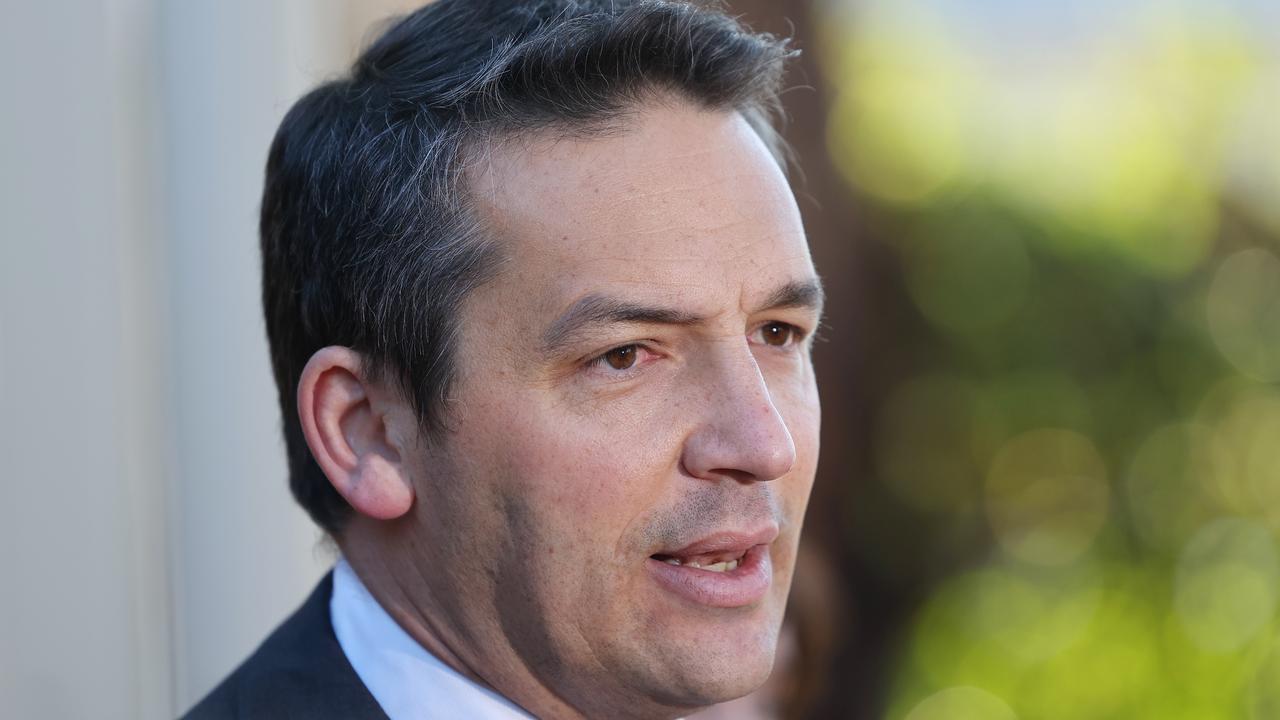NAPLAN results 2023: How South Australian students stack up against the nation
The 2023 NAPLAN results have been released with South Australia’s rankings against the rest of the country changing. See how our students stack up.
SA News
Don't miss out on the headlines from SA News. Followed categories will be added to My News.
Improvements in reading, writing and spelling in South Australia’s latest NAPLAN test results are being attributed to a focus on phonics.
SA has improved its ranking against the other mainland states in six out of 20 categories in the national literacy and numeracy testing.
Data released today shows the biggest jump was in Year 5 reading, where SA rose from fifth among NSW, WA, Victoria, Queensland and Tasmania, to third.
SCROLL DOWN TO SEE THE RANKINGS

Our reading rank also improved in Year 3 (from fourth spot to third) and Year 7 (fifth to fourth).
In spelling, SA’s rank increased one place in Year 3 (fourth to third) and Year 7 (fifth to fourth).
Writing results also rose one spot in Year 5 to fourth.
NAPLAN tests were brought forward this year, from May to March, and the benchmarks for student achievement were raised.
The rankings are based on a comparison on the average NAPLAN score for each state.
Year 9 was the only level which saw a drop in rankings.
Spelling and grammar and punctuation both saw the state’s ranking decrease from fourth to fifth.
Education Minister Blair Boyer said the improved results were tied to the introduction in 2017 of a phonics check for students in Year 1.
“Since then we have seen a significant improvement in those areas,” he said.
Phonics helps children learn the connection between written letters and sounds, giving them a framework to decode, or “sound out”, new words.

In the phonics screening check, based on a UK model, Year 1 students are individually shown up to 40 words by their teacher and asked to say them aloud.
Half of the words are real and half are made up, and the difficulty increases as the check progresses.
The aim is to see if children understand the sounds made by letter combinations rather than just memorising the spelling of words.
Since it was first run in SA schools the number of students who can read at least 28 of the words correctly has risen from 43 per cent to 68 per cent.
The 2023 NAPLAN data also shows:
AS many as 70 per cent of indigenous students are not meeting expectations for their age in writing, grammar and numeracy.
IN reading and numeracy, the percentage of indigenous students who fell below standard was about double that of non-indigenous students across all year levels.
STANDOUT results in remote schools – including students from towns like Cummins, Yunta or Parachilna – were in Year 3 and 5 reading, where more than 11 per cent of students exceeded expectations. About 10 per cent of remote students also exceeded expectations in Year 7 spelling and reading, and Year 9 writing.
PARTICIPATION rates for NAPLAN tests sat around 95 per cent of students until Year 9 when it dropped off to about 90 per cent.
More Coverage
Originally published as NAPLAN results 2023: How South Australian students stack up against the nation









